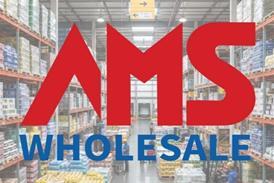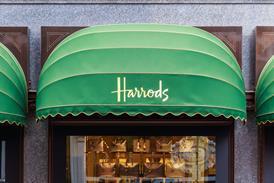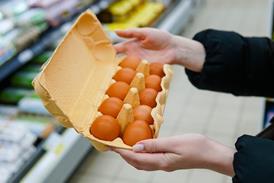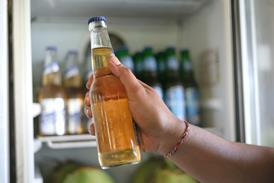Close menu
- Home
- Retail & Wholesale
-
Products & Suppliers
- Back to parent navigation item
- Products & Suppliers
-
Product Categories:
- Back to parent navigation item
- Product Categories:
- Alcoholic drinks
- Bakery
- Cereals & breakfast
- Cheese
- Chicken & poultry
- Chocolate
- Confectionery
- Crisps, nuts & snacks
- Dairy
- Fish
- Fresh produce
- Frozen
- Household
- Meat
- Own Label
- Sauces & condiments
- Seasonal
- Soft drinks
- Vaping
- Vegan & plant-based
- World foods
- Suppliers
- People
- Reports & Data
-
Topics A-Z
- Back to parent navigation item
- Topics A-Z
-
Popular topics:
- Back to parent navigation item
- Popular topics:
- Cost of living crisis
- Crime
- Deposit Return Schemes
- Finance
- Government & Regulation
- Health
- Inflation
- Loyalty
- Marketing
- Mergers & Acquisitions
- New Product Development
- Sourcing
- Supply chain
- Sustainability & environment
- Technology
- Ultra Processed Foods
- Vaping
- A-Z all topics
- Content by type:
- Events
- Ask iA (beta)
- Subscribe now
Bigger, better: inside Lidl’s new-look sites
By Steve Farrell2025-09-23T08:08:00

Lidl is once again accelerating its UK expansion. Our Grocer of the Year 2025 has bigger stores, a health focus and revamped layouts, backed by a new sale and leaseback strategy
Lidl is expanding at full speed again. The discounter aims to open 40 UK stores this year and keep up the pace in 2026.
Its expansion is being boosted by a new sale and leaseback approach, in which it acquires the land and finds investors to buy the freehold and fund store construction.
Already have an account? Sign in here
Already have an account? Sign in here






